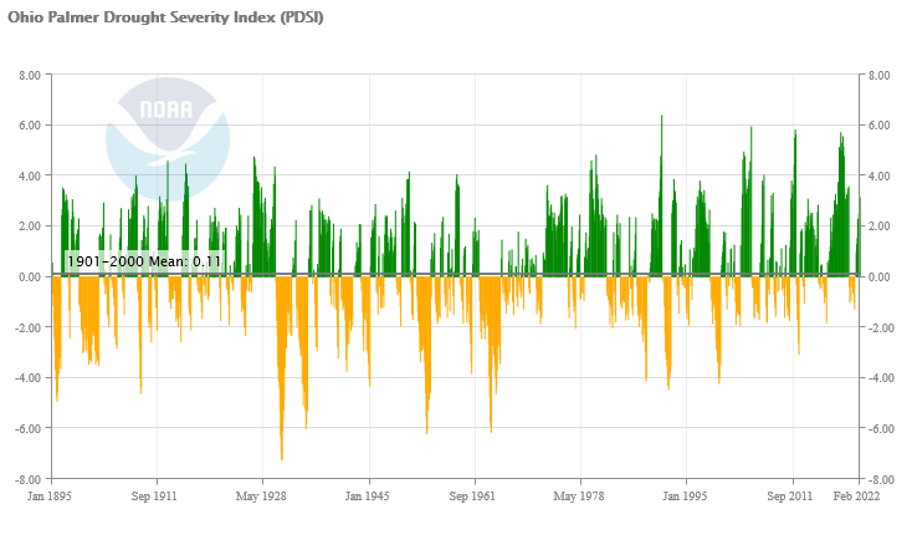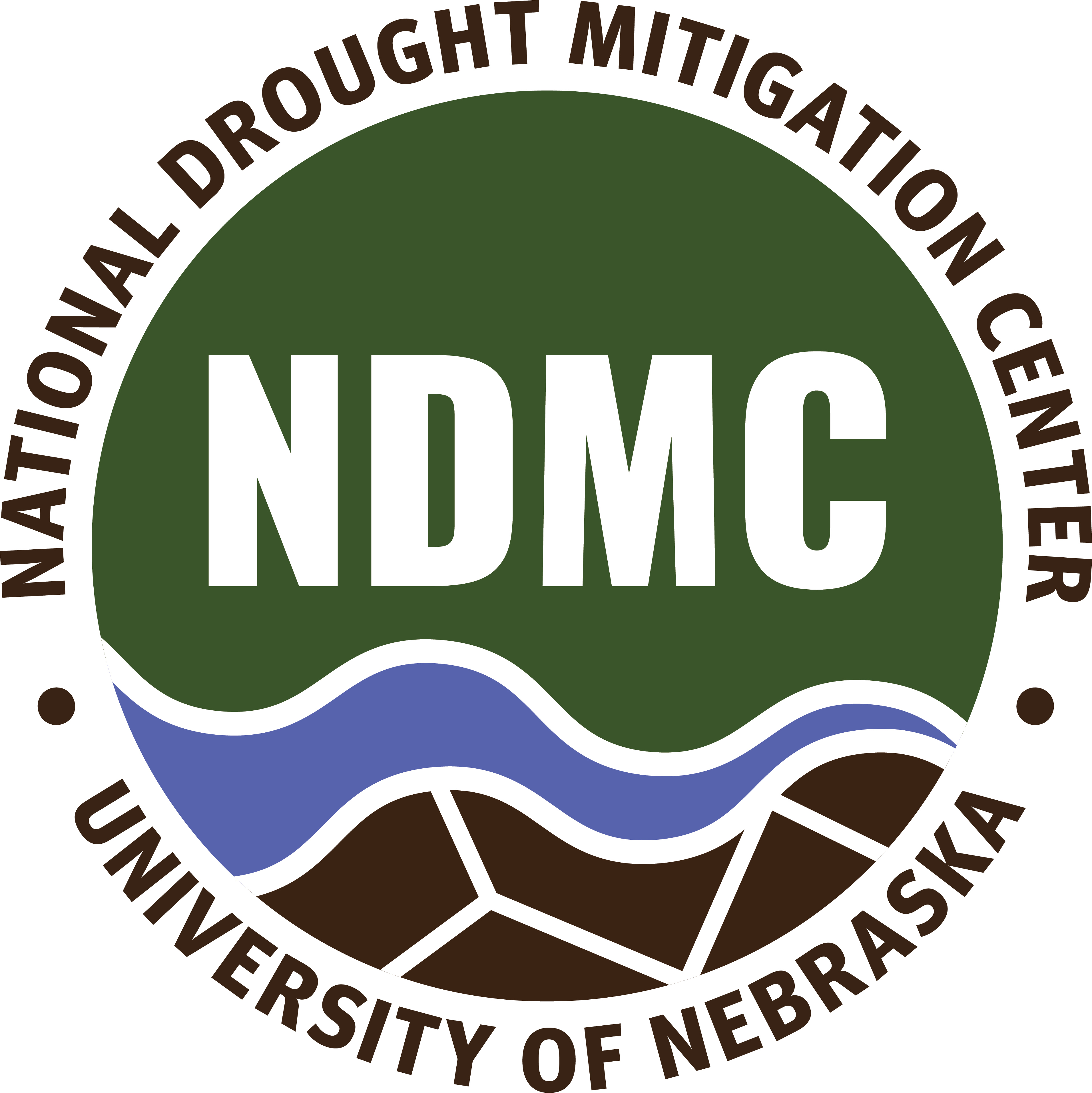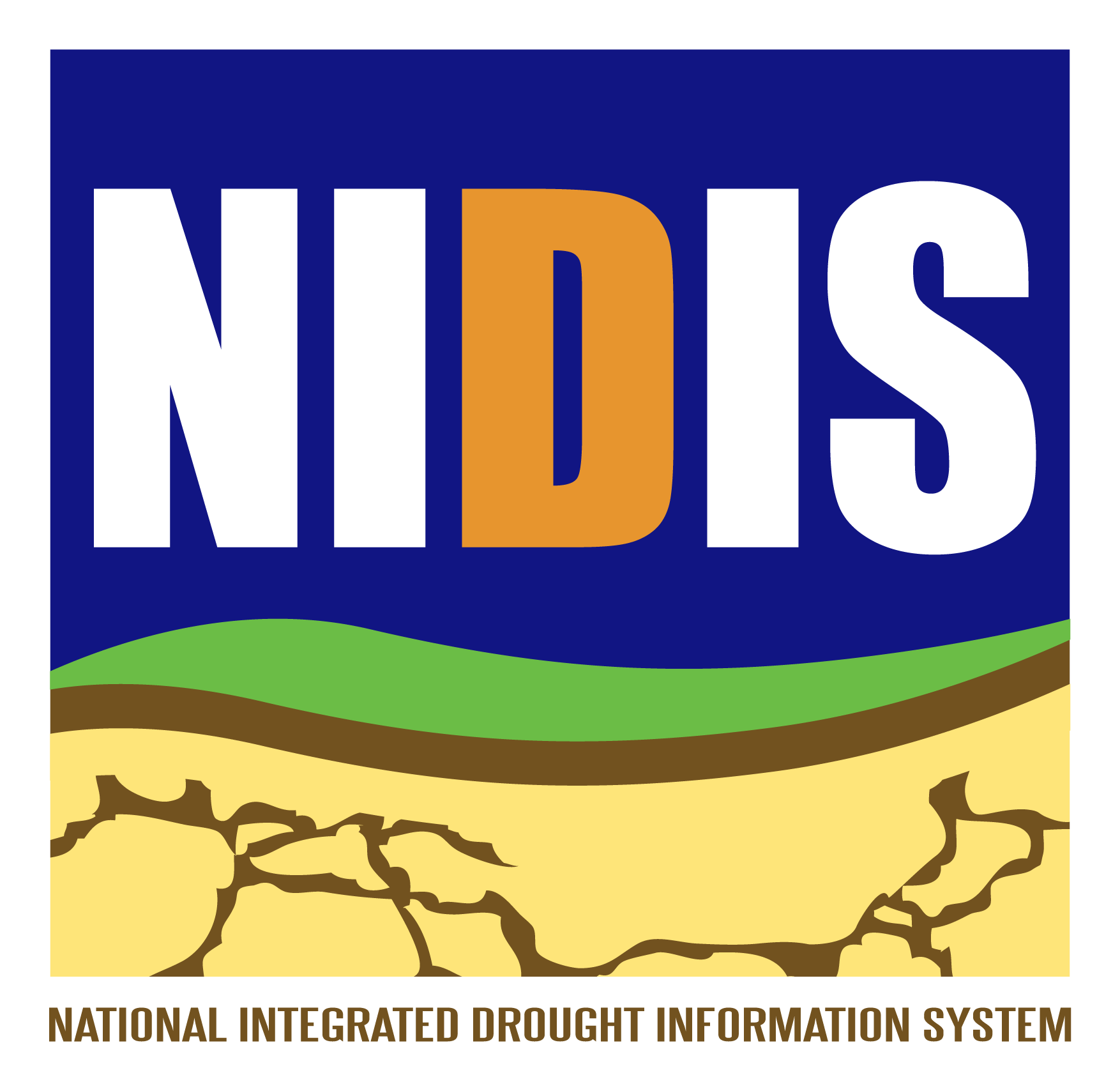Overview of Ohio Drought Through the Years

uses temperature and precipitation to estimate relative dryness. The scale spans from -10 (dry; yellow) to +10 (wet; green) |
of drought occurring between 1930 and 1966 (Rogers 1993). Over the last 40 years, droughts have been comparatively shorter in length and of lesser magnitude than earlier in the record. |
US Drought Monitor








Questions and Comments? quiring.10@osu.edu